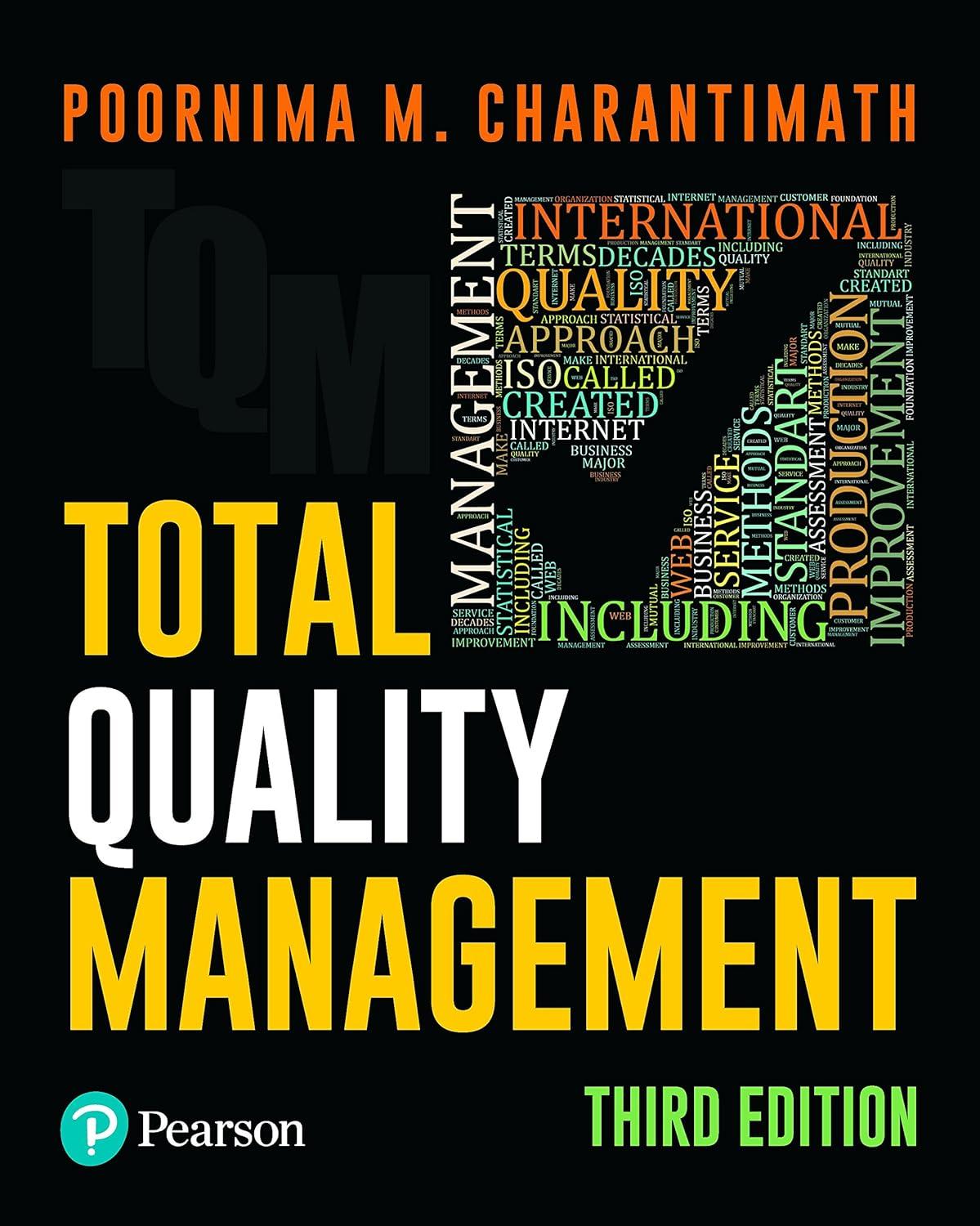Wipro Limited was founded in 1945 and commenced operations in 1946 as a vegetable oil company. In
Question:
Wipro Limited was founded in 1945 and commenced operations in 1946 as a vegetable oil company. In the early 1980s, Wipro diversified into the Information Technology sector when India witnessed waves of liberalization sweeping across various sectors of the economy.
It has been a fascinating transformation from a vegetable oil manufacturing company to a global IT services giant.
Today, Wipro Technologies has become a global service provider delivering technologydriven business solutions that meet the strategic objectives of clients. Wipro has more than 40 “Centres of Excellence” that create solutions related to specific needs of industries. Wipro can boast of delivering unmatched business value to customers through a combination of process excellence quality frameworks and service delivery innovation.
A strong emphasis upon building a professional work environment, leaders from within and having a global outlook for business and growth has led to innovation of people processes on a continued basis. Over the years, Wipro has significantly strengthened its competency-
based people processes and demonstrated innovative practices in talent acquisition, deployment and development, based on strategic needs.
A leading provider of communication networks in the US required improvements in the product performance of a telecom application using Six Sigma methodologies. Thus, with the growing importance on aligning business operations with customer needs and driving continuous improvement, Wipro began moving towards focusing on quality, thereby creating a learning environment that led to the implementation of Six Sigma.
Integrating Six Sigma concepts was also intended to bring rigour in effective upstream processes of the software development lifecycle. Implementation of Six Sigma methodologies brought in quantitative understanding, cost savings and performance improvement towards product quality.
Some of the key challenges involved were:
• Reduce the data transfer time • Reduce the risk • Avoid interruption due to LAN/WAN downtime • Parallel availability of the switch for the other administrative tasks during the same period
Evolution of Six Sigma at Wipro
Wipro was the first Indian company to adopt Six Sigma. Today, Wipro has one of the most mature Six Sigma programmes in the industry ensuring that 91 per cent of the projects are completed on schedule, much above the industry average of 55 per cent. As the pioneers of Six Sigma in India, Wipro has already put around 10 years into process improvement through Six Sigma. Along the way, it has scaled the Six Sigma ladder while helping to roll out over 1,000 projects. The Six Sigma programme spreads across verticals and impacts multiple areas such as project management, market development and resource utilization.
Six Sigma at Wipro simply means a measure of quality that strives for near perfection.
It is an umbrella initiative covering all business units and divisions so that it can transform itself into a world-class organization. At Wipro, it means:
1. Having products and services that meet global benchmarks 2. Ensuring robust processes within the organization 3. Consistently meeting and exceeding customer expectations 4. Making quality a culture within
Difficulties Encountered by Wipro and Learnings Building the Culture
The implementation of Six Sigma required support from higher level managers. It meant restructuring of the organization to provide the infrastructure, training and the confidence in the process. Wipro had build this culture painstakingly.
Project Selection
The first year of deployment was extremely difficult for Six Sigma success. They decided to select the projects on the basis of high probability of their success and aimed at completing them in a short period to assess the success. These projects were treated as pilot projects with a focus to learn. To select the right project, field data was collected, a process map was developed and the importance of the project was judged through the eyes of customers.
Training
After the set up was complete, the first step of implementation required building a team of professionals and training them for various stages of Six Sigma. The training was spread across five phases—defining, measuring, analysing, improving and controlling the process and increasing customer satisfaction.
These phases consisted of statistics, benchmarking and design of experiments. It was difficult to find the right kind of people and to train them.
This motivated Wipro to start its own consultancy to train people.
Resources
It was difficult to identify resources that would be required on a short-term and long-term basis as it would vary from project to project. Resources were identified based on the importance of the project.
Project Reviews
As timely reviews played a very crucial role in judging the success of a project, Wipro had to develop a team of experts for this purpose. The task assigned was to check the timeliness, find out gaps and weak areas and check the outcome as per the plan.....
Question For Discussion
1. What led Wipro to implement the Six Sigma programme?
2. What is the objective of Wipro in providing Six Sigma consultancy?
3. What are the other business benefits apart from profit?
Step by Step Answer:






